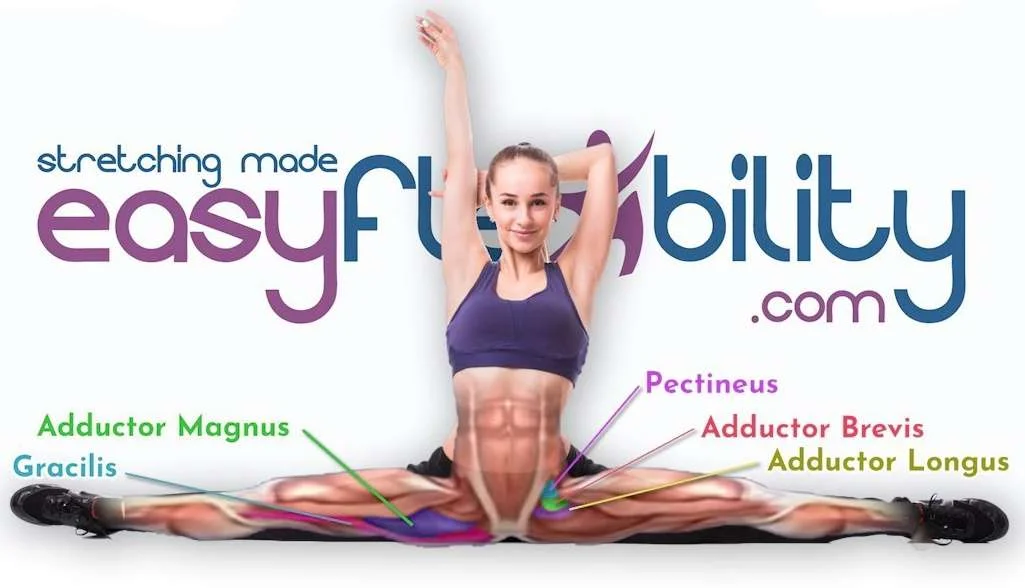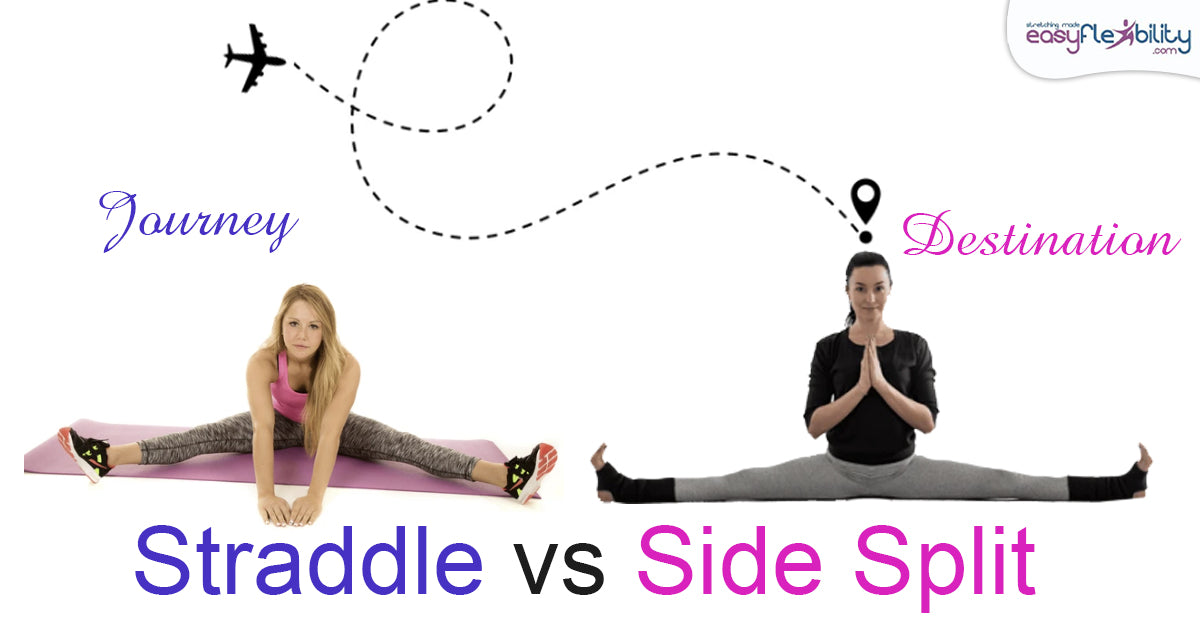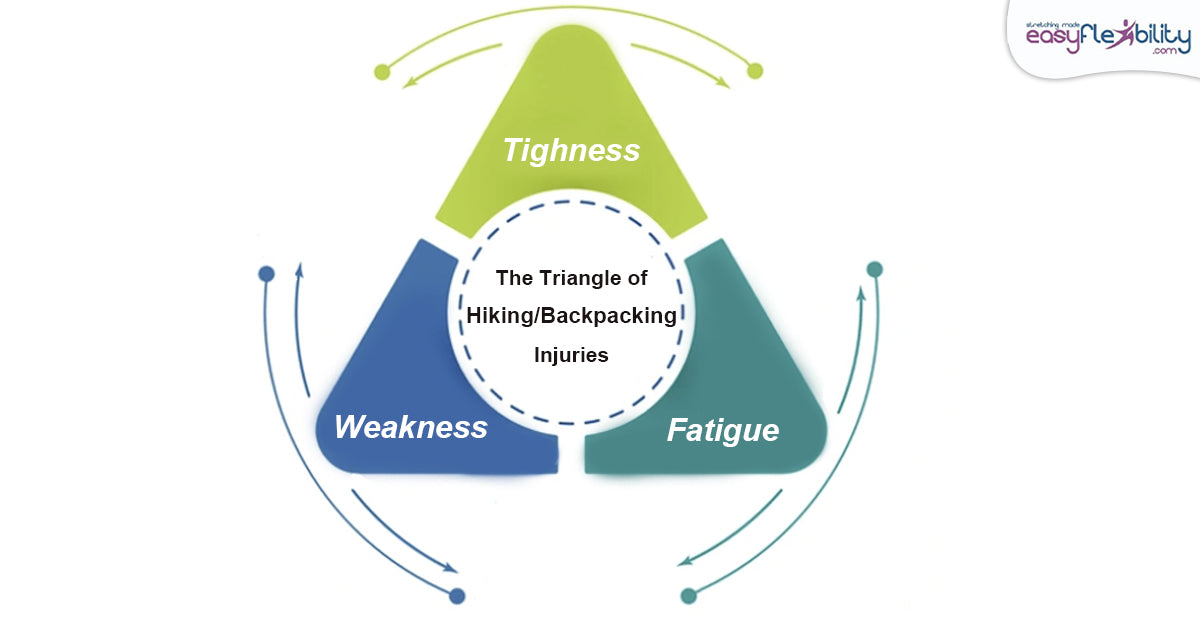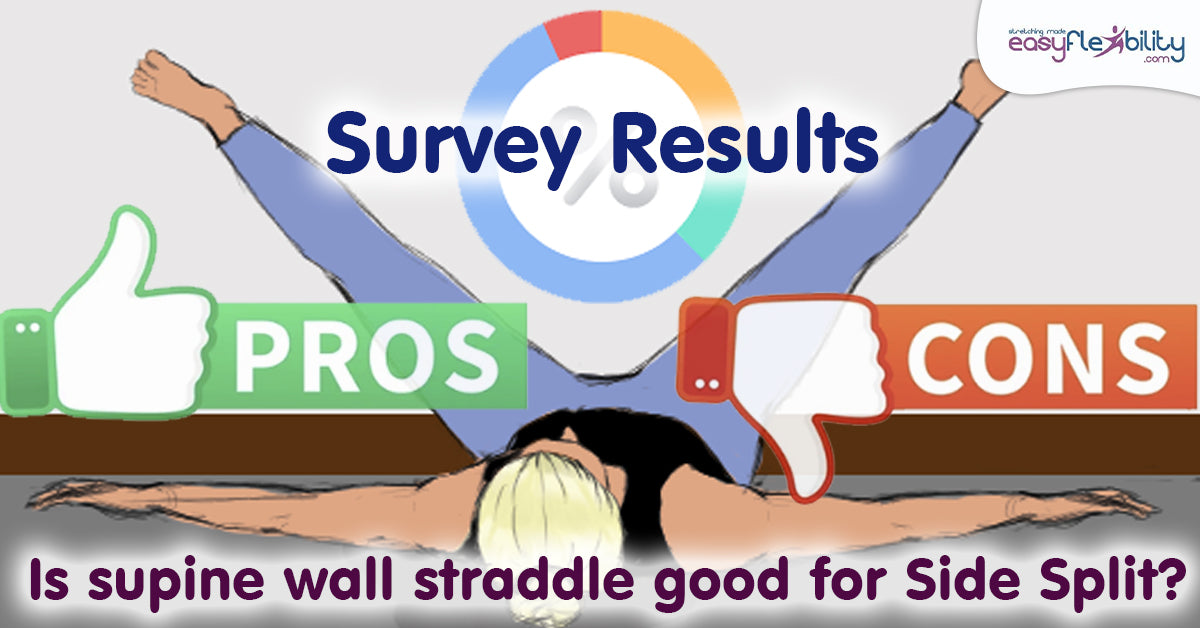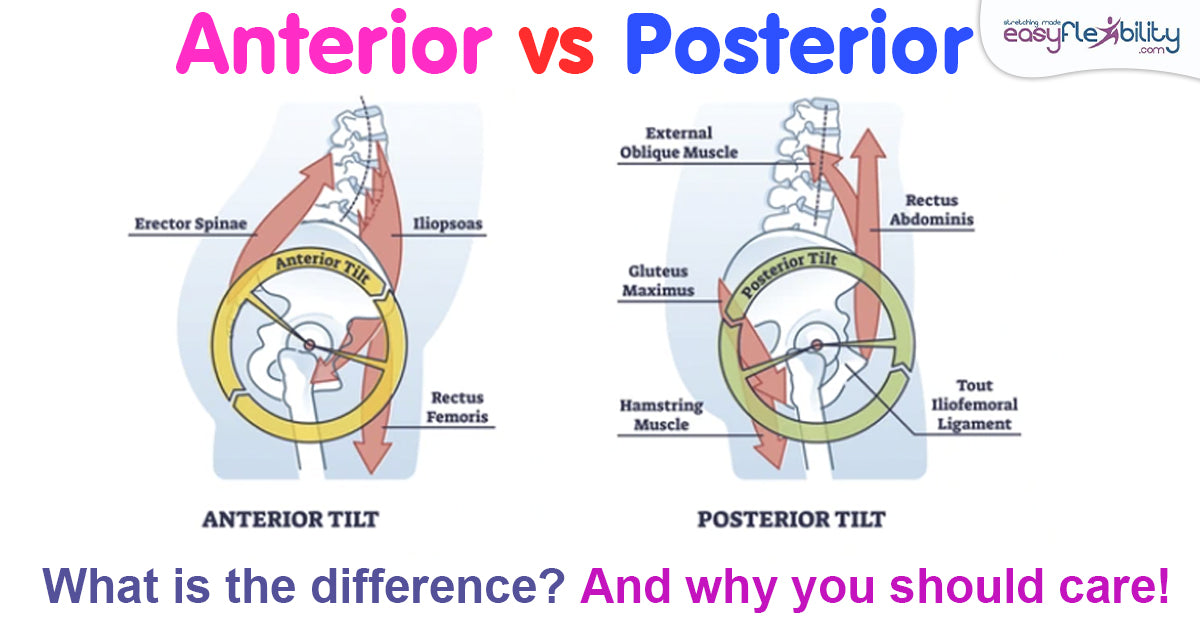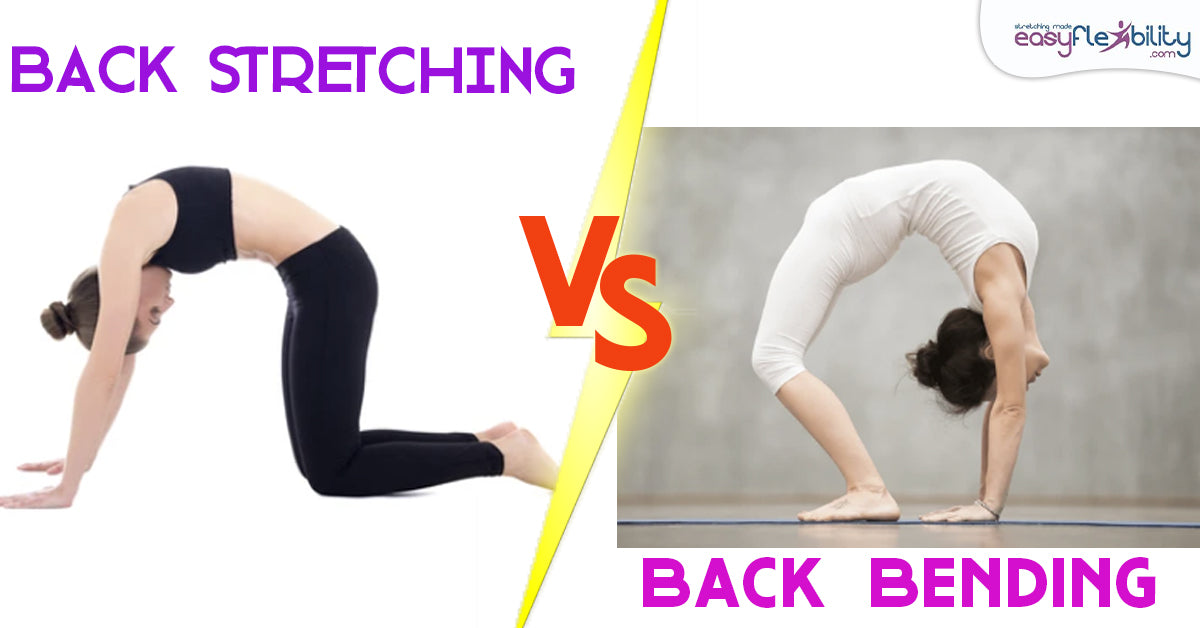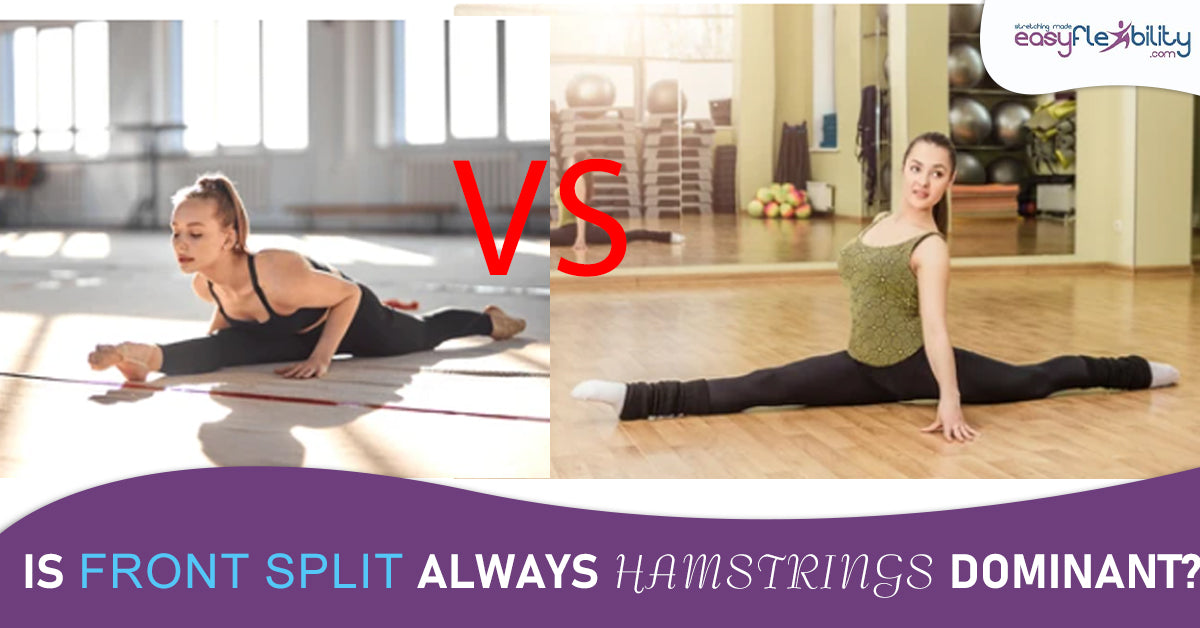Side Split Mastery. Side split mastered? When is a side split truly mastered?
Posted by Paul Zaichik on

Side Split Mastery! Side split mastered? When is a side split truly mastered?
I've been teaching strength and flexibility for many years and I can tell you that I see three types of people who can do a side split:
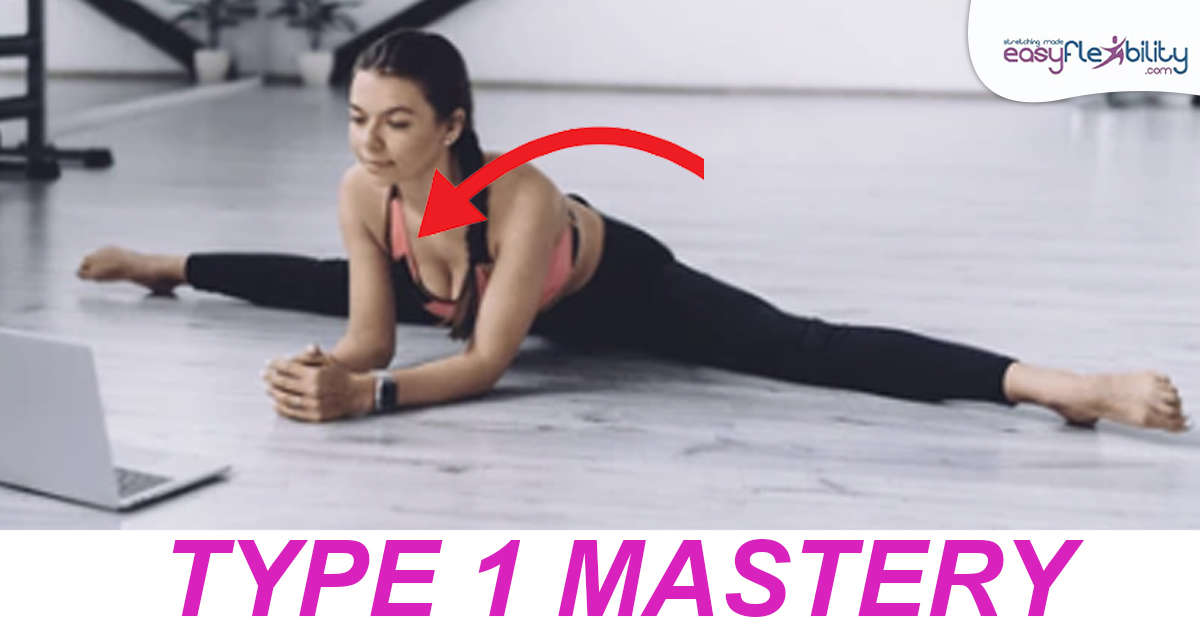
TYPE 1 MASTERY: Type one, is someone who can get down into a side split and only hold the legs out at 180 degrees if they're leaning forward or rolling their feet forward to somehow use the floor as support to keep their legs apart.
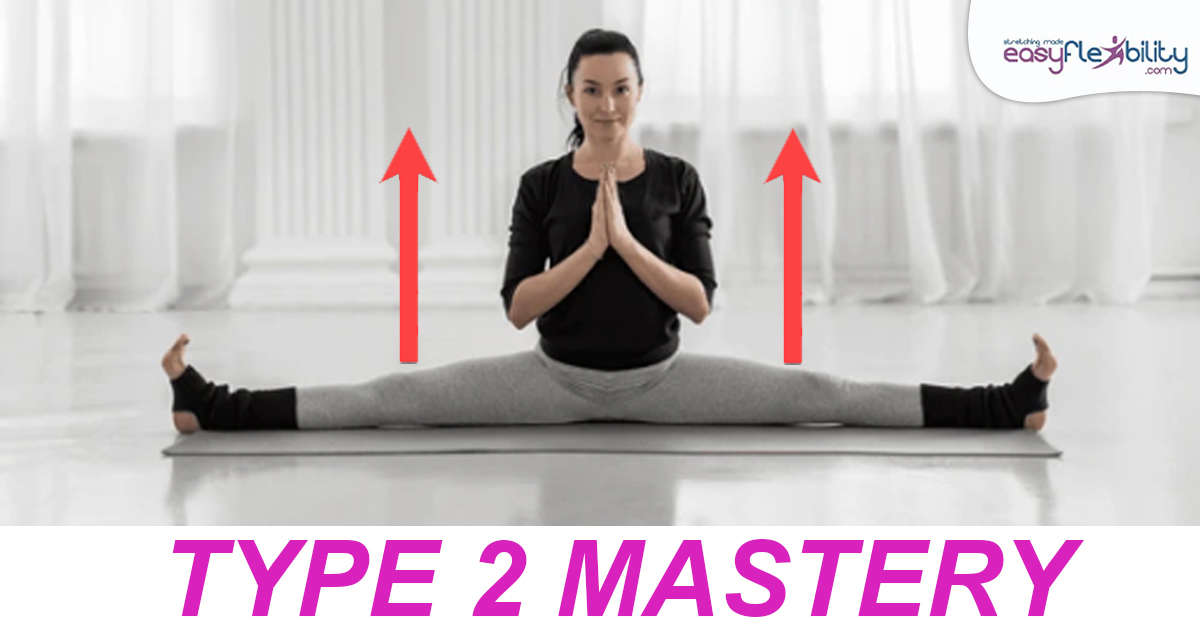
TYPE 2 MASTERY : Type two, are the people who can get into a side split and sit with their toes up and hold it at 180 degree angle.

TYPE 3 MASTERY: The type three, are people who can, while sitting down with their legs in front, straddle their legs out slowly with control. Not fast, but bring them out slowly with control and sit in that side split without having to use the floor as support.
The type two and type three sound similar, because, both can sit in a split, but there's a difference. Type two can sit in it without support or so it seems, but cannot get into it from pike (or legs together position), while a type three person who is doing a side split can slowly bring the legs there by doing what's called a horizontal extension or horizontal abduction.
What are the side split mastery levels?
Now, if your question is. What are the mastery levels? Here's the answer:
- TYPE 1 MASTERY: Type one only has the flexibility.
- TYPE 2 MASTERY: Type two has flexibility and some strength in the split to keep the legs apart. Which means they have the flexibility in the muscles opposite to the ones being stretched in the side split, primarily various gluteal muscles.
- TYPE 3 MASTERY: And of course type three has the full control to bring the legs in.
While type two do not rely on the floor to keep themselves in a side split. (In other words, they're not rolling their hips a little bit forward, or they're not leaning a little bit forward, or they're not hyperextending their lower back.) They are still somewhat relying on friction.
This is what I noticed a long time ago. I was very interested in this and decided to do a little experiment. I asked people who I perceived to be a type two, who were able to do a side split but weren't able to get into it by doing horizontal abduction. I asked them to sit on a very slippery non frictional surface. And guess what? Their legs slightly moved forward! Not a lot. Not as much as people from type one, but their legs did slightly move forward.
On the other hand type three who were able to bring their legs out with control slowly did not experience the same effect. In other words their legs did not slide when they were on non fiction surface!
This is what I noticed a long time ago. I was very interested in this and decided to do a little experiment. I asked people who I perceived to be a type two, who were able to do a side split but weren't able to get into it by doing horizontal abduction. I asked them to sit on a very slippery non frictional surface. And guess what? Their legs slightly moved forward! Not a lot. Not as much as people from type one, but their legs did slightly move forward.
On the other hand type three who were able to bring their legs out with control slowly did not experience the same effect. In other words their legs did not slide when they were on non fiction surface!
What about the oversplit? Who could do it?
The other things that I noticed, and it slightly varied, but as a rule of thumb:
- TYPE 1 MASTERY: People in Type one group who did the side split could not over split.
- TYPE 2 MASTERY: People in type two group who did the side split, most of them were able to over split just a tiny little bit.
- TYPE 3 MASTERY: And people in type three group were able to over split to some degree, and some were able to overspilt quite a lot.
When I say overspilt, I mean overspilt in a toes down - body on the floor pancake position. Which means that they were able to horizontally abduct past 180 degrees. I'm not talking about the overspilt where they were able to do a side split and with toes up and place their feet on a yoga block. That's not the overspilt I'm referring to.

Is Strength important for the straddle in prone position?
Another fun test that I had people do, which was something quite obvious to me was the following. I asked everyone to do a straddle in a prone position with the hip supported like model that you see in the picture above. The results were as follows:
- TYPE 1 MASTERY: As you probably already guessed, people in Type one group had the least strength in their horizontal abductors.
- TYPE 2 MASTERY: Type two had more strength although it did vary from person to person in this group.
- TYPE 3 MASTERY: And then type three of course had the most amount of strength.
You could see in this picture a 180 degree horizontal abduction. This is one of the techniques used in EasyFlexibility programs. And of course by looking at the model in the picture who is doing 180 degrees split, you know that there is a significant overspilt.
Does Strength compensate for Flexibility and Flexibility compensate for Strength?
Not everyone had the same degree of an oversplit. And there were people who
had the same ability to hold the legs apart using strength. And some were able
to overspilt a little bit more than others but their ability to hold the legs apart was the same. How come?
The answer is that some people had very good short range strength in the muscles that bring the legs upward into the split. And having that strength in those horizontal abductors allowed them to compensate for a little bit less flexibility than others, while others who had less strength, had more flexibility. And this allowed them to save a little bit on strength. So strength can compensate for flexibility in this case, and flexibility can compensate for strength in this case.
So based on this information you can now check yourself to see which level of side split mastery you are in. Is it level one, two or three?
Occasionally, I'm asked if there's an additional stage beyond what we've covered, and indeed, there is - it's Level Four. Level Four is precisely what you observed in the previously shared image, where the model showcases a side split. This represents complete active flexibility in a side split, meaning you have the ability to keep your legs apart solely through muscular control. It's not just about preventing your legs from closing; it also involves utilizing the strength of your horizontal abductors to maintain that separation.
P.S. Don't confuse types of mastery for levels of flexibility in the side split. To find out your level of splits flexibility go to: https://www.easyflexibility.com/pages/whats-my-flexibility-level
If you are interested in mastering your side split please take a look at our side split programs below.
had the same ability to hold the legs apart using strength. And some were able
to overspilt a little bit more than others but their ability to hold the legs apart was the same. How come?
The answer is that some people had very good short range strength in the muscles that bring the legs upward into the split. And having that strength in those horizontal abductors allowed them to compensate for a little bit less flexibility than others, while others who had less strength, had more flexibility. And this allowed them to save a little bit on strength. So strength can compensate for flexibility in this case, and flexibility can compensate for strength in this case.
So based on this information you can now check yourself to see which level of side split mastery you are in. Is it level one, two or three?
Occasionally, I'm asked if there's an additional stage beyond what we've covered, and indeed, there is - it's Level Four. Level Four is precisely what you observed in the previously shared image, where the model showcases a side split. This represents complete active flexibility in a side split, meaning you have the ability to keep your legs apart solely through muscular control. It's not just about preventing your legs from closing; it also involves utilizing the strength of your horizontal abductors to maintain that separation.
P.S. Don't confuse types of mastery for levels of flexibility in the side split. To find out your level of splits flexibility go to: https://www.easyflexibility.com/pages/whats-my-flexibility-level
If you are interested in mastering your side split please take a look at our side split programs below.
Want to try a FREE exercise to improve your Side Split right now?
EasyFlexibility Certified Instructor Judy will show you how!
Watch this video right now!
Watch this video right now!
We did a break down of each of the muscles that are involved in a split, if ONLY ONE of them is tight or weak, the split WON'T HAPPEN. What's worse, not only will you keep stretching and stretching, and yet nothing will happen, but stretching the wrong way can set you back for weeks due to injuries...

Then what's the SOLUTION...?
To use a method to PINPOINT which muscle is tight, and work on it, kinesiologically, which means targeting the issue in a way that is natural for your body. The ElasticSteel method allows you to do just that. Read On!
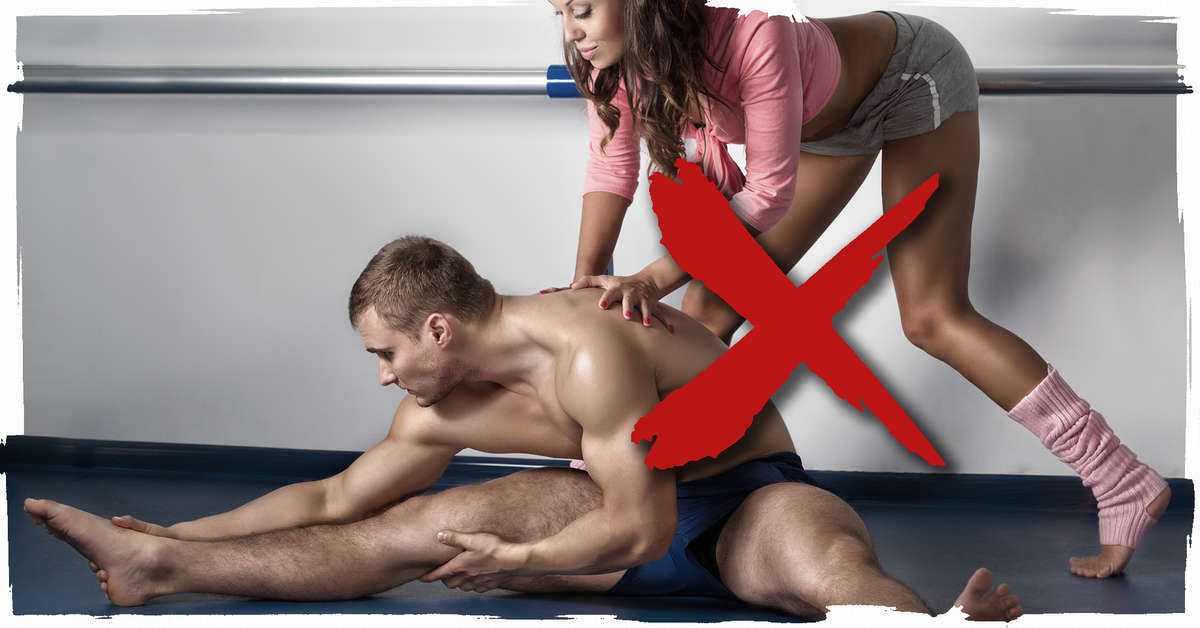
In the past most people tried to achieve their straddle split, by forcing the legs apart. Either using a partner, a stretching machine or their own bodyweight.
This method of course works, since many have gotten their split this way... through a lot of pain, suffering, plateaus, and injuries...
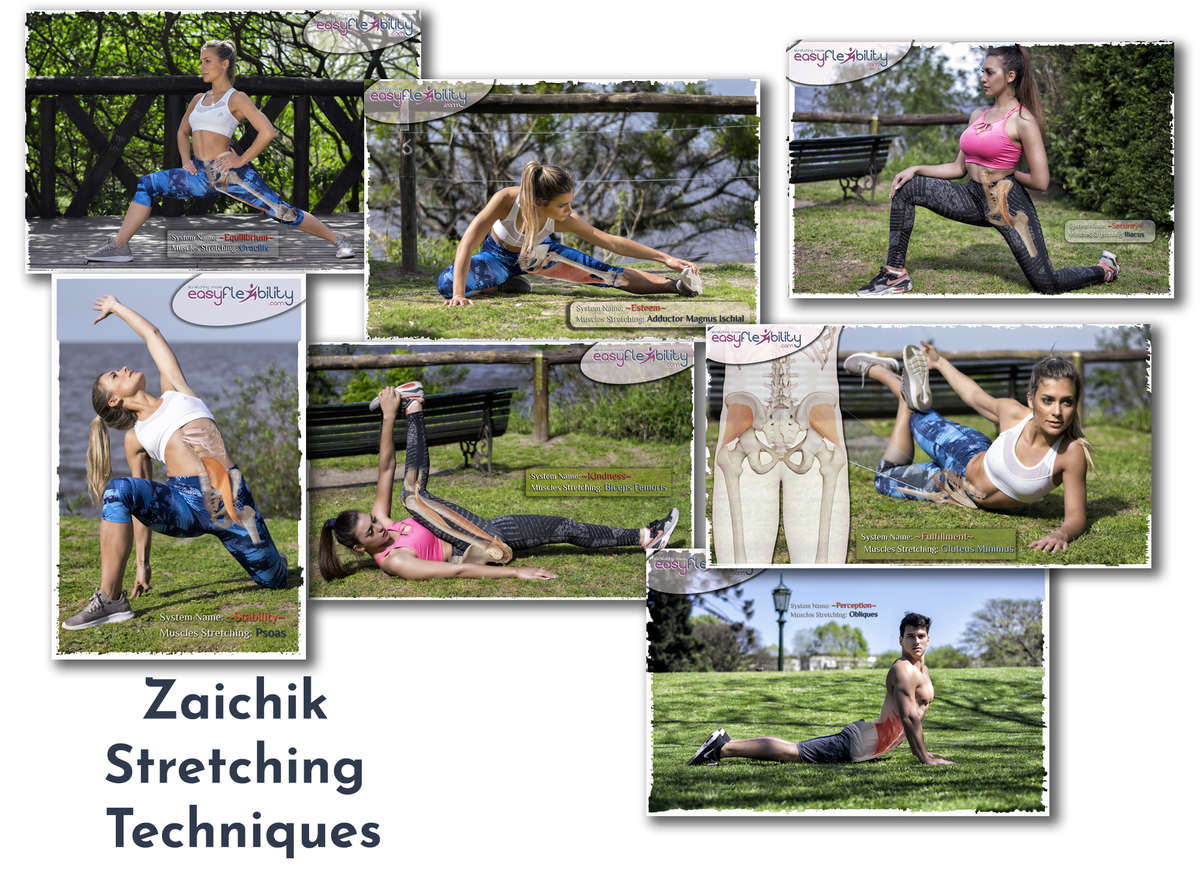
Our Method: ZST (Zaichik Stretching Techniques)
With ZST (Zaichik Stretching Technique) we can go even further and check with muscle is more flexible or tight and on which leg.
All you have to do is go through the program, try each exercise on both sides and right away you will know which one you need to work on the most.
No time wasting guessing what to do or why your training is not working!
All you have to do is go through the program, try each exercise on both sides and right away you will know which one you need to work on the most.
No time wasting guessing what to do or why your training is not working!
We'll show you how to achieve a Side Split Fast, Safe and Easy!
Our programs are scientifically based and created by
a world renowned fitness & flexibility expert Paul Zaichik
Our programs are scientifically based and created by
a world renowned fitness & flexibility expert Paul Zaichik

Peek inside the Side Splits Program:
Ready to get started?
Thousands of people worldwide have achieved the same results you're dreaming about and you can too!
Thousands of people worldwide have achieved the same results you're dreaming about and you can too!
Got my flexibility back after many years!
Years ago I was flexible enough to get into a right side split. Those days are long gone. With these three videos I hope to achieve splits in all directions. So far, my seated open front stretch has improved. I can just about lay flat on the floor when bending from the waist. I've also gained about an inch in my right side split and anticipate great results.
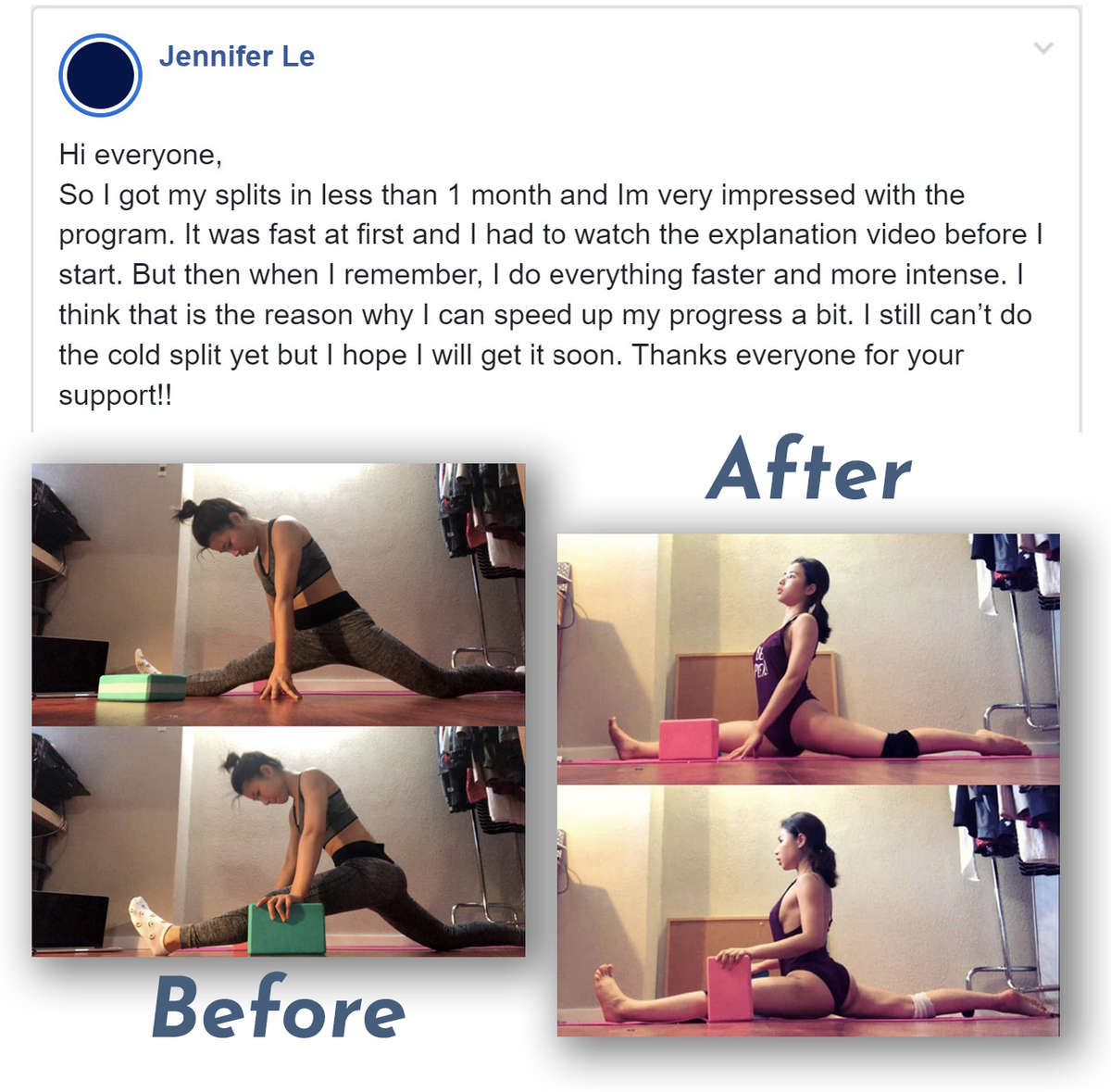
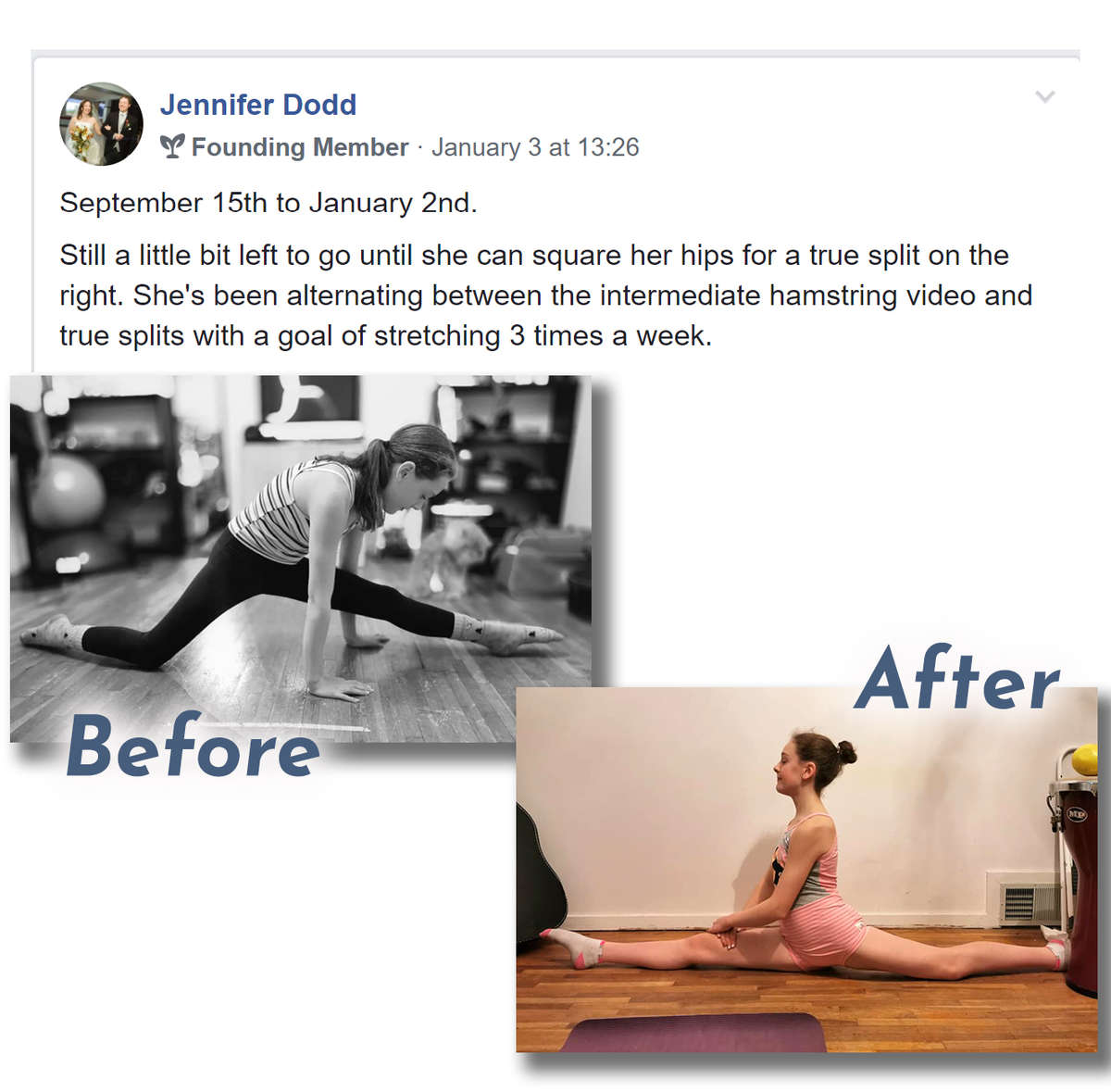
You can start right now!
-This program is online!
-You can watch from any device.
- Get support from our private group of students.
- Lifetime access.
-You can watch from any device.
- Get support from our private group of students.
- Lifetime access.
Here's what you'll get:
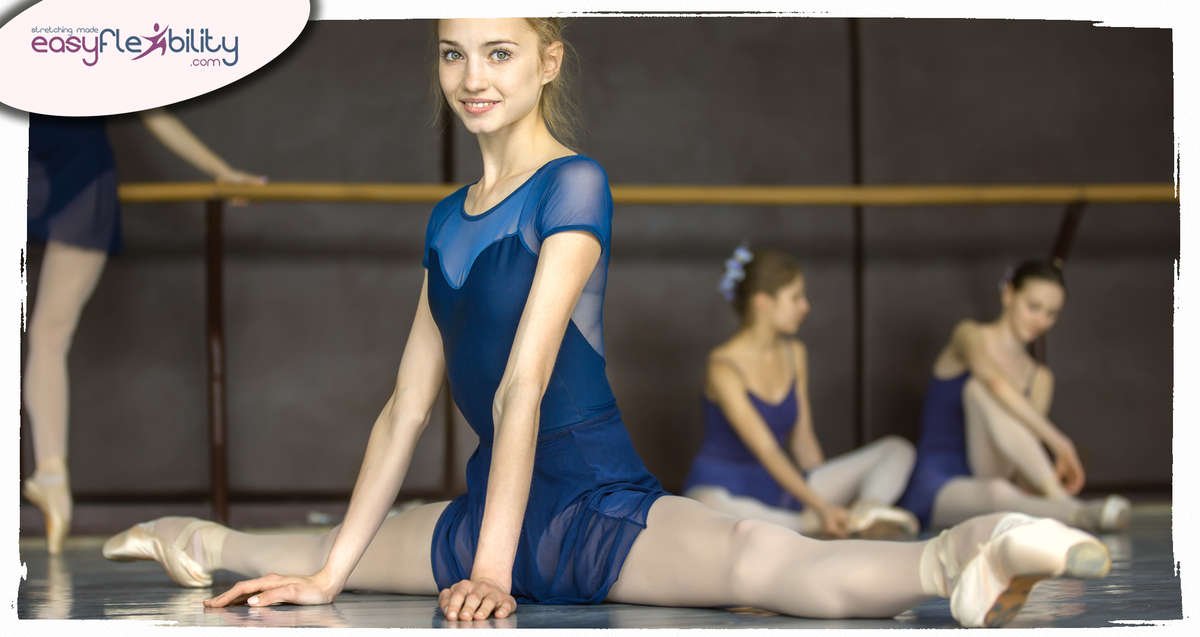
This COMBO contains 3 levels (9 videos)
Beginner, Intermediate, Advanced
Each level contains 3 videos:
Beginner, Intermediate, Advanced
Each level contains 3 videos:
- Video 1 : Follow along routines plus explanations before each exercise (duration: 41 minutes).
- Video 2: Video without explanations to follow along without interruptions.
- Video 3: Video containing only the explanations for the Zaichik Stretching Techniques for quick reference and review.

- All videos contain subtitles for better understanding of the techniques and to make it easier for those who need help in understanding the spoken language.
- Bonus: Access to Stretch180 app that will help you measure your progress, see how you stack up against the others stretching towards their splits and get motivated to keep going.
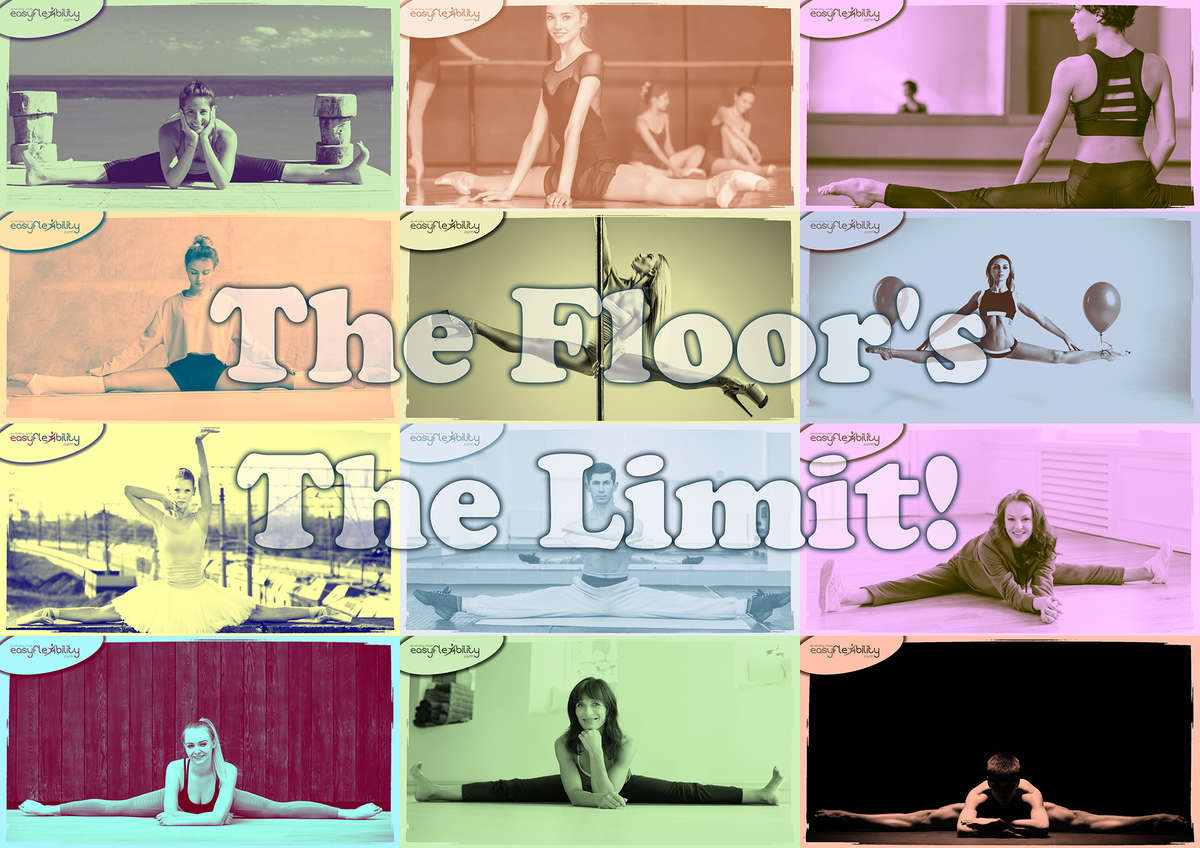
Contents of the Program. Each program contains 3 videos (9 total in this package) focusing on:
- Mobility exercises for each joint, to keep your joints healthy and lubricated.
- Specific warmup exercises to gradually prepare your body for a split.
- Zaichik Stretching Techniques for each muscle involved in a split, so that your flexibility improves right away without pain.
- Extended Length Conditioning exercises, so that you not only become flexible but strong as well.
- Reciprocal Inhibition, plus Movement and Habituation Techniques, for functional flexibility.

#1 Side Split Beginner Program
Beginner Program contains specific warm up and conditioning exercises for the Side Split, the necessary Zaichik Stretching exercises to target the muscles involved in an Side Split as well as a cool down section. This is a great place to start before attempting the usually more demanding open front and side splits. You will learn how to isolate and stretch outer hamstrings and hip flexors muscles.

#2 - Side Split Intermediate Program
Intermediate Program contains specific warm up and conditioning exercises for the Side Split, the necessary Zaichik Stretching exercises to target the muscles involved as well as a cool down section.
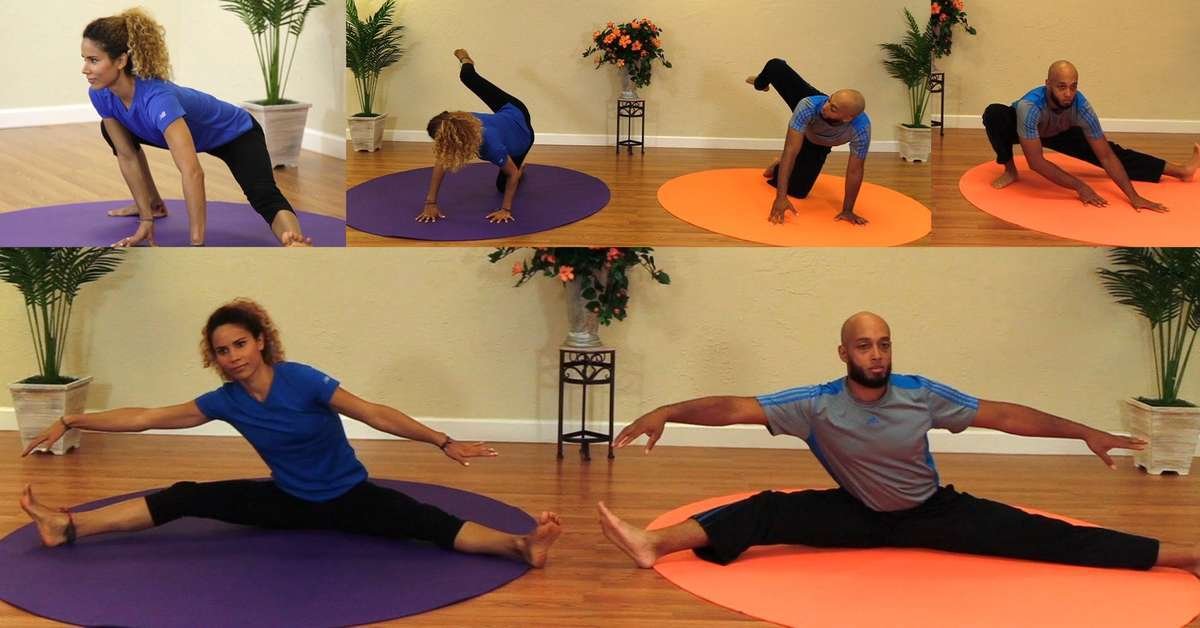
#3 - Side Splits Advanced Program
Advanced Program contains specific warm up and conditioning exercises for the Side Split, the necessary Zaichik Stretching exercises to target the muscles involved as well as a cool down section. This is usually trained last, after you achieved flats front splits using the other two programs, so this is more of a rounding off for what you are missing in order to get a full split, mostly additional adductors work and very targeted side split exercises which will give you that extra you need for this more demanding split.
Side (Middle) Split Strength & Flexibility Training at Home
COMPLETE COMBO - ALL 3 LEVELS - BEGINNER, INTERMEDIATE, ADVANCED
Learn how to do a Side (Middle) Split at home with a proven method that is guaranteed to take you from 0 to a 180 degree split and beyond. We can even predict the date that you'll get your split!
It's easy to get started!
If you are ready to do effortless Splits ANYTIME that you wish with a training method that is Easy, Pain Free and Fast, that is designed to work naturally with your body and keep your flexibility for years to come, then join thousands of satisfied EasyFlexibility practitioners and START YOUR TRAINING TODAY!
This Course includes the following step by step instructions for:
- Beginner Split
- Intermediate Split
- Advanced Split (Beyond 180 degrees)

About the Author:
Paul Zaichik is an Exercise Science Expert, author of multitude of books, and the creator of Zaichik Stretching Technique (formely known as Kinesiological Stretching Technique). His speciality is flexibility training as well as body weight conditioning. His innovative method is designed to have maximum carry over into specific athletic techniques. Paul is the author of books and DVD’s on the topic of flexibility, martial arts and bodyweight training. Over the years, Paul Zaichik has worked with a variety of individuals including athletes, entertainers, and military personnel. His ElasticSteel Method of Athletic Conditioning programs, EasyFlexibility Programs and Zaichik Stretching Techniques are used world wide by both professional and amateurs with great success.
Share this post
0 comment

